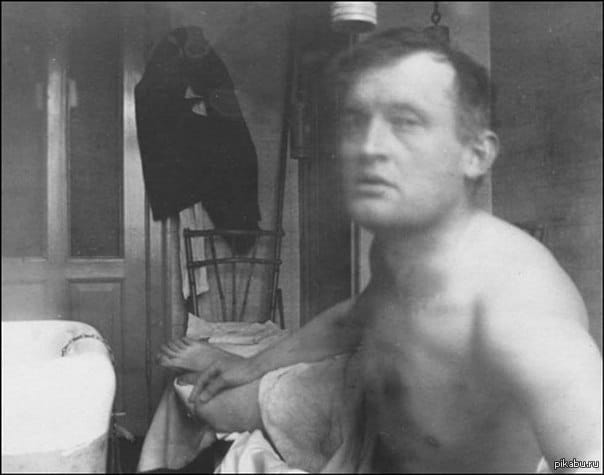
1863 - 1944
Edvard Munch

description
Norwegian painter, art theorist, graphic and theatre artist. One of the first representatives of Expressionism and Symbolism, and one whose work influenced modern art. In Europe, he was recognized as the creator of a new era. One of his best-known works is “The Scream” of 1893, a mysterious picture filled with horror and panic.
When Munch was young, he showed excellent achievements in physics, chemistry and mathematics. However, he had always dreamt of becoming a painter.
Munch’s paintings are almost always gloomy. They represent themes of death and loneliness, but, at the same time, they are full of a hidden thirst for life. After his parents and sister had passed away, the artist often suffered from hallucinations and wanted to commit suicide…
“My father was a very quick-tempered and deeply religious person. From him, I inherited the sprouts of insanity. The spirits of fear, sorrow and death surrounded me from the moment of birth,” recalled Munch about his childhood.
Munch had become famous at the age of 70. His works influenced the contemporary arts.
In Oslo, Munch’s Museum was opened, with nearly 1100 paintings and 4,500 drawings, as well as 18,000 graphic files and personal belongings of the artist, bequeathed to the city. Munch’s works, which did not belong to any societies or associations of artists, influenced the contemporary art of not only his country and Europe, but the whole world.
Munch’s paintings were stolen by robbers several times.
Key ideas:
– Munch associated love and pregnancy with death. He thought that as soon as a woman gives birth to a child, her life ends.
– His arts consists of symbols and allegories. Munch’s favourite topics are loneliness, thoughts about death and, at the same time, a love for life. He was convinced that art can and should express other ideas than sunny carelessness, an Impressionistic detachment from problems, jumping into exotics (typical of Gauguin), or historical dreams (typical of Böcklin). He also discards everything that resembles banal Realism, although he does not run away from life at all, but finds inner liberation, depicting his personal hell and his imprisonment.
– The artist usually depicted the protagonist in the foreground and something reminding him of the past behind.
– Munch liked to experiment with different styles and colours. Occasionally, this was met with disapproval from critics.
– Some art experts claim that the main aim of the painter was to depict his own life.
– In his diary, famously known as “The Saint Cloud Manifesto”, the artist wrote: “Do not paint interiors, reading men or knitting women.” Instead, we need “real people who breathe, feel, love, suffer …”. This sentiment is particularly well represented in his work “Night in Saint-Cloud”.
– The firm “symbolist-expressionistic” style of the Norwegian was finally formed. In this style, lines are expressive, shapes are simplified, and stories are allegorical but simple. Such are the works of the cycle “The Frieze of Life”, especially “Sick mood at sunset” – the canvas that later inspired the artist to create his famous “Scream”.
1863
1881
1883
1885
1889
1892
1893
1896
1906
1915
1916
1940
1944
The birth of the artist
He enrolled in the Royal School of Painting
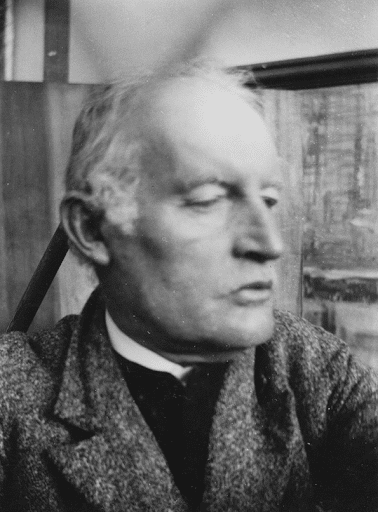
“Study of the head”
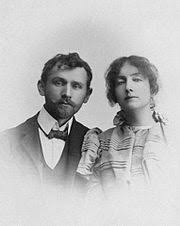
His elder sister Sophie died

In 1885, Munch organized an exhibition in Oslo. There, art experts and press considered his work the fruit of a sick imagination, gloomy and cruel.
He suffered through the death of his father

«Frieze of Life»

There was a solo exhibition in Christiania, as a result of which Munch was invited to Berlin. There he immersed himself in the life of the artistic “underground”. Later his works were successfully exhibited in Dusseldorf and Munich, Breslau and Copenhagen.
The first version of “The Scream”

The first big success

Bought a secluded house in Osgordrand
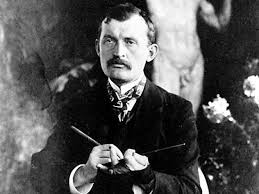
Munch participated in the international exhibition in San Francisco

The artist’s style changed, becoming harsher and ruder

He almost stopped painting
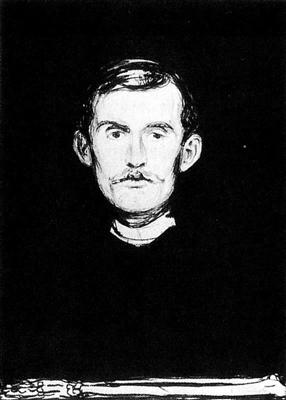
The death of the artist
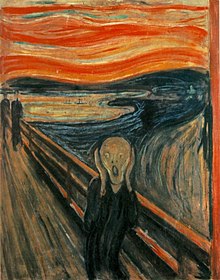
Edvard Munch
On Artist
flow
Post-Impressionism
Impressionism
Pointillism
friends
Franz Marc
Christian Krog
artists
Vincent van Gogh
Emile Bernard
Maurice Denis
Paul Gauguin
Henri de Toulouse-Lautrec
Georges Seurat
Caspar David Friedrich
Leon Bonn
Fritz Taulov
Eric Theodore Versenshell
Stefan Mallarme
By Artist
flow
Abstract Art
Surrealism
Expressionism
friends
Franz Marc
artists
Ludwig von Hoffman
Albert Bloch
Tuko Sallinen
Erich Heckel
Egon Schiele
Wassily Kandinsky
Ernst Ludwig Kirchner
Max Beckman
Paul Klee
Henri Matisse
Adelsten Norman
